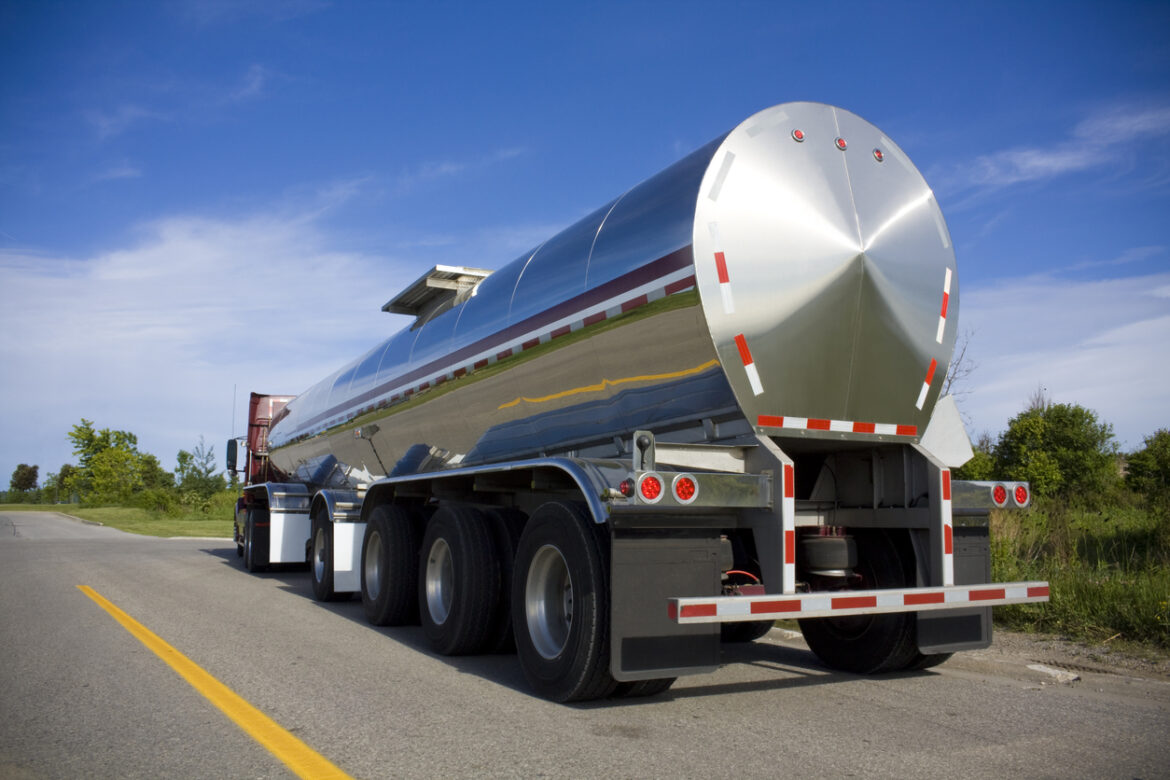
Supply Chain Logistics Part 1: Fuel Procurement, Contracts & Allocation
Artificial Intelligence (AI) is a widely discussed topic, but opinions on its impact vary. Will it be a major advancement or come with challenges?
To truly understand AI, however, it’s important to view it in the context of a specific use. Just as AI has revolutionized operations in industries ranging from e-commerce and finance to healthcare and manufacturing, it holds the key to fuel supply chain optimization.
AI and machine learning use complex algorithms to ingest data from various sources, analyze it against historical trends, and dynamically adjust or recommend the most optimal course of action for a given situation.
For example, let’s say a fuel operator has three different supply contracts at three different terminals, all within the same distance of the end location. They also have access to the historical sales data for that location. With traditional systems, the supply and dispatch teams need to manually determine the best options for load scheduling, pick up, and delivery. As we’ve discussed in previous posts, fuel supply chain workflows that rely on manual touchpoints leave the door open to costly slowdowns and errors.
By contrast, AI-driven technology makes those determinations in seconds, providing the operator with the best option from a price and a site run-out perspective. The supply and dispatch teams are freed up to focus on execution, and the risk of manual errors is driven down, saving time and revenue.
In the bigger picture, the transformative impact of AI and machine learning extends across the entire retail fuel workflow spectrum. From supply and contract management to forecasting, dispatching, and even reconciliation and invoicing, AI-driven insights significantly reduce reliance on manual decision-making processes, enhancing overall operational efficiency.
Across the fuel supply chain, AI can:
Once you’ve determined how AI will benefit your business most, take note of tangible improvements like time saved, cost reduction, or better distribution of labor hours. With evidence of the benefits, you can likely find other ways automation can help you grown your business.
By harnessing the power of data-driven insights and automated decision-making, fuel operators can optimize operations, unlock untapped potential and drive revenue growth. AI is the not-so-secret weapon for positioning themselves for sustained growth and competitiveness in an increasingly dynamic marketplace. It becomes the tool that augments human capabilities, not replaces them.
To learn how AI automation and integrated technology can power your business growth, set up time to talk to one of our solution consultants here.
